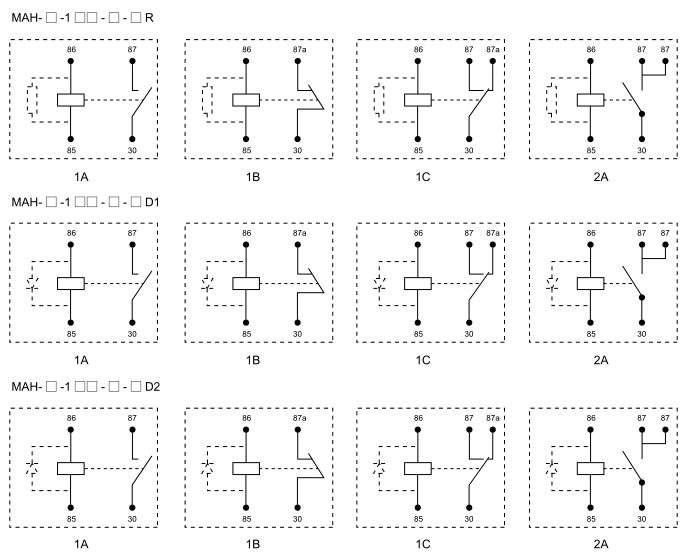A relay circuit is an essential electrical component that acts as an automated switch, used to control high-power devices with low-power signals. The relay itself is an electromagnetic switch that can open or close a set of contacts, providing a pathway for current to flow to the load, or disconnecting the power to prevent the flow of electricity. The relay circuit can be found in various applications, including automation, industrial controls, and even in consumer electronics. This article explores the principle of operation of a relay circuit, its components, and its diverse range of applications.

Principle of Operation The basic principle behind a relay circuit is simple: it uses the magnetic field created by an electric current to control a switch. When a current flows through the coil (or electromagnet), it generates a magnetic field that attracts or repels an armature, causing the relay’s contacts to either open or close. This allows a low-voltage control signal to manipulate a higher voltage load circuit. Relays typically have a coil, an armature, and a set of contacts. The coil is energized by a control signal, and the armature, which is a movable part, is affected by the magnetic field generated by the energized coil. The armature’s movement opens or closes the contacts, which in turn controls the flow of current in the load circuit.